Alright, let’s get this settled: Do steam mops work on concrete floors? Or, will it end in a disaster big enough to make a tiler cringe? If you’ve got polished concrete inside, a honed patio out the back, or even a grubby garage floor, you’ve probably considered giving it a blast with a steam mop or steam cleaner. But here’s the thing: it’s not always a good idea.
We’ve seen a few steam mop experiments go wrong over the years. And we’ve mopped enough concrete surfaces to know that “just add steam” isn’t a magic fix. In this guide we’ll break down where steam mops can work on concrete, where they can’t, and how to clean concrete floors properly without cracking your floor (or your back).
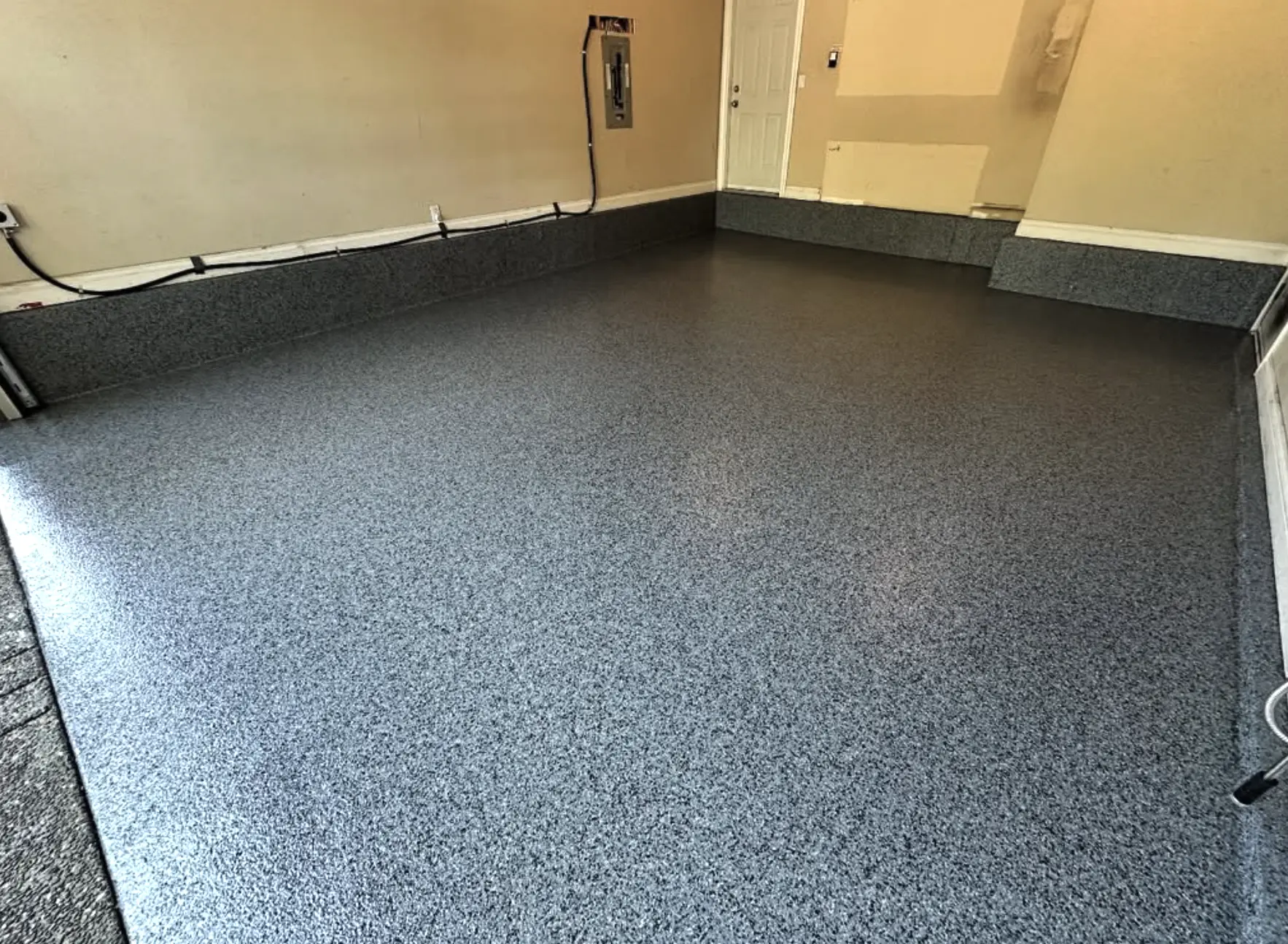
Not all concrete is created equal
Here’s something a lot of people miss: concrete isn’t one size fits all. We’re not just talking rough vs smooth either. The type of concrete flooring you’re cleaning affects how it reacts to moisture and heat.
Let’s break it down:
- Polished concrete (like you’ll find indoors) has been mechanically ground and sealed. It resists moisture and is relatively steam-safe.
- Honed concrete (often on patios) is smoother than raw concrete but still porous. Steam can get into the surface.
- Raw or broom-finished concrete (like garage floors or auto shop floors) is super porous and loves to soak up water like a sponge.
- Stained or painted concrete is a wild card. Steam can cause blistering, peeling or permanent marks in the finish.
Does steam really clean concrete?
Steam has its place. It lifts dirt, kills dust mites and germs and gives you that “just cleaned” feel without harsh chemicals. But when it comes to concrete, especially rough or unsealed stuff, it’s not always effective.
Here’s why:
- Steam doesn’t remove embedded grime. Concrete is porous. Steam lifts surface muck but struggles to penetrate deep.
- It can spread dirty water. Instead of drawing out grease or soft drink stains, steam can melt the gunk and move it around.
- No scrubbing action. Steam mops rely on heat and a steam setting, not elbow grease. With concrete you often need abrasion.
We’ve cleaned everything from high-traffic areas to gloss floors to bathroom floors. Steam alone wouldn’t touch half of it.
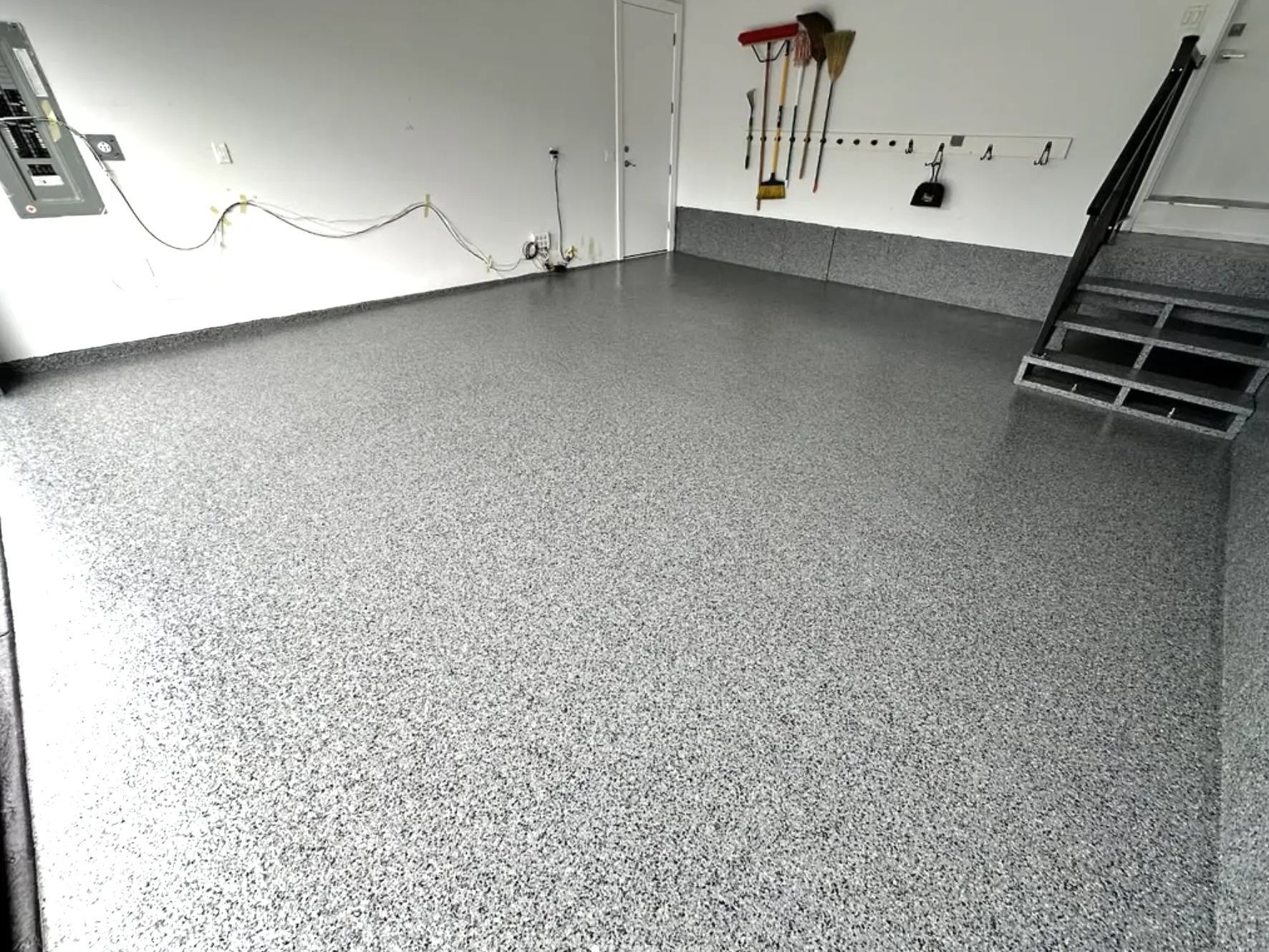
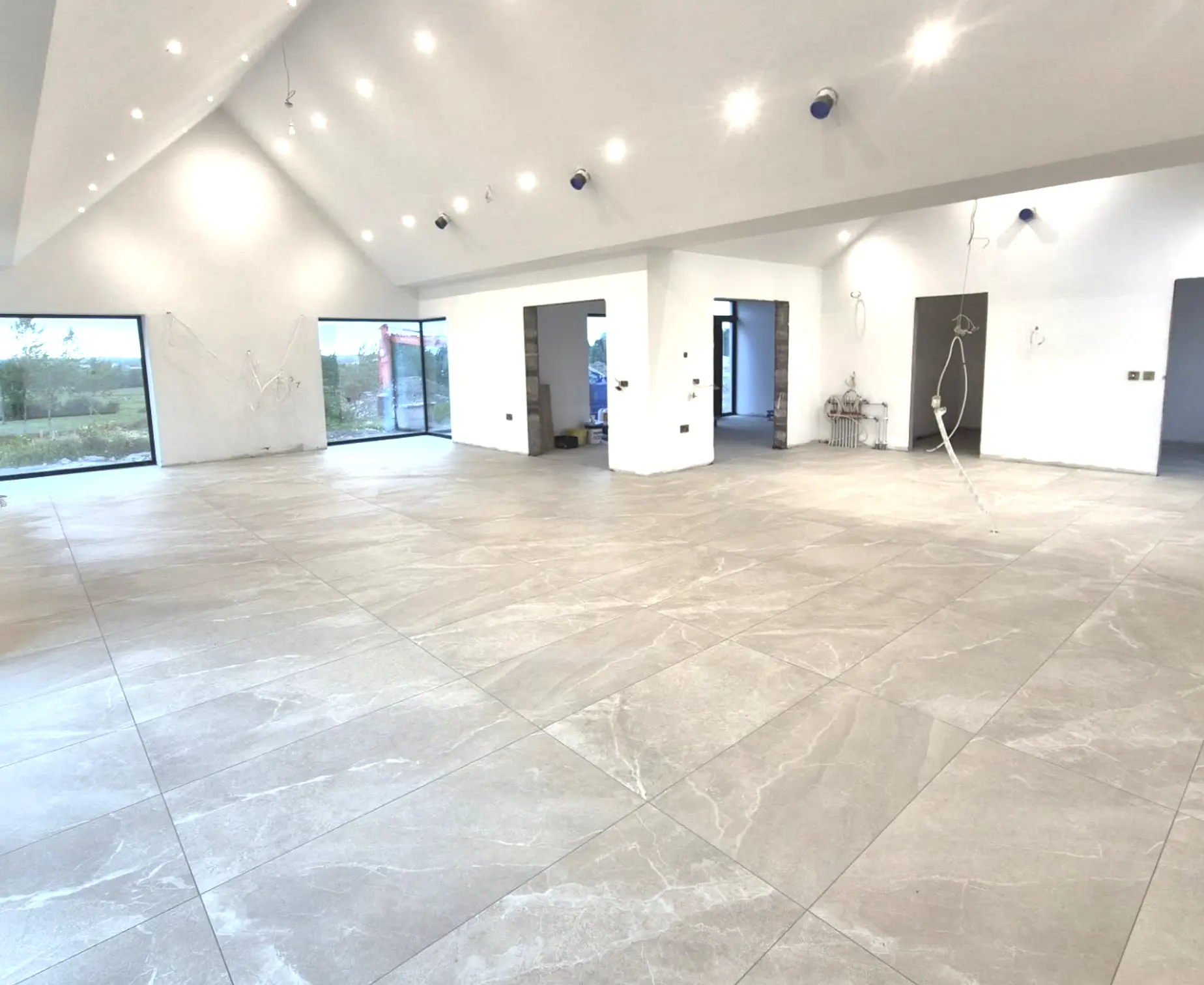
What about Steam Mops Work on Concrete Floors?
Now we’re getting into the scary stuff. Concrete is tough but it doesn’t like buckets of water and heat shoved into its pores without warning. Add hot water and steam and things can get hairy fast.
Risks to watch out for:
- Efflorescence. That white powdery stuff on the concrete? It’s from moisture pushing salts to the surface.
- Hairline cracks. Quick heating and cooling can stress the slab, especially in colder climates.
- Delamination. If your concrete has a sealed finish or epoxy floor paint, steam can lift or bubble it.
- Mould and mildew. If moisture seeps into unsealed hardwood or under vinyl floors and doesn’t dry quickly, mould can grow.
Also concrete slabs below hardwood floors or tile floors? You might damage the flooring type above, not just the slab.
Steam + Cement: The Do’s and Don’ts
There are a few times steam mops or steam cleaners can play nice with concrete, if you’re careful:
- Indoors on polished concrete. Use a low-moisture steam setting and a microfibre mop head. Don’t let the steam pool.
- Light spot-cleaning. A short burst to loosen a stubborn spot or sanitise grout lines (especially in commercial settings).
- Final pass after deep cleaning. After using a soft brush or floor brush, a steam mop can sanitise the entire surface.
Pro tips:
- Always dust mop or vacuum first.
- Don’t linger in one spot or use abrasive cleaning pads.
- Dry with a soft cloth as you go.
- Don’t use chemical cleaners before or after.
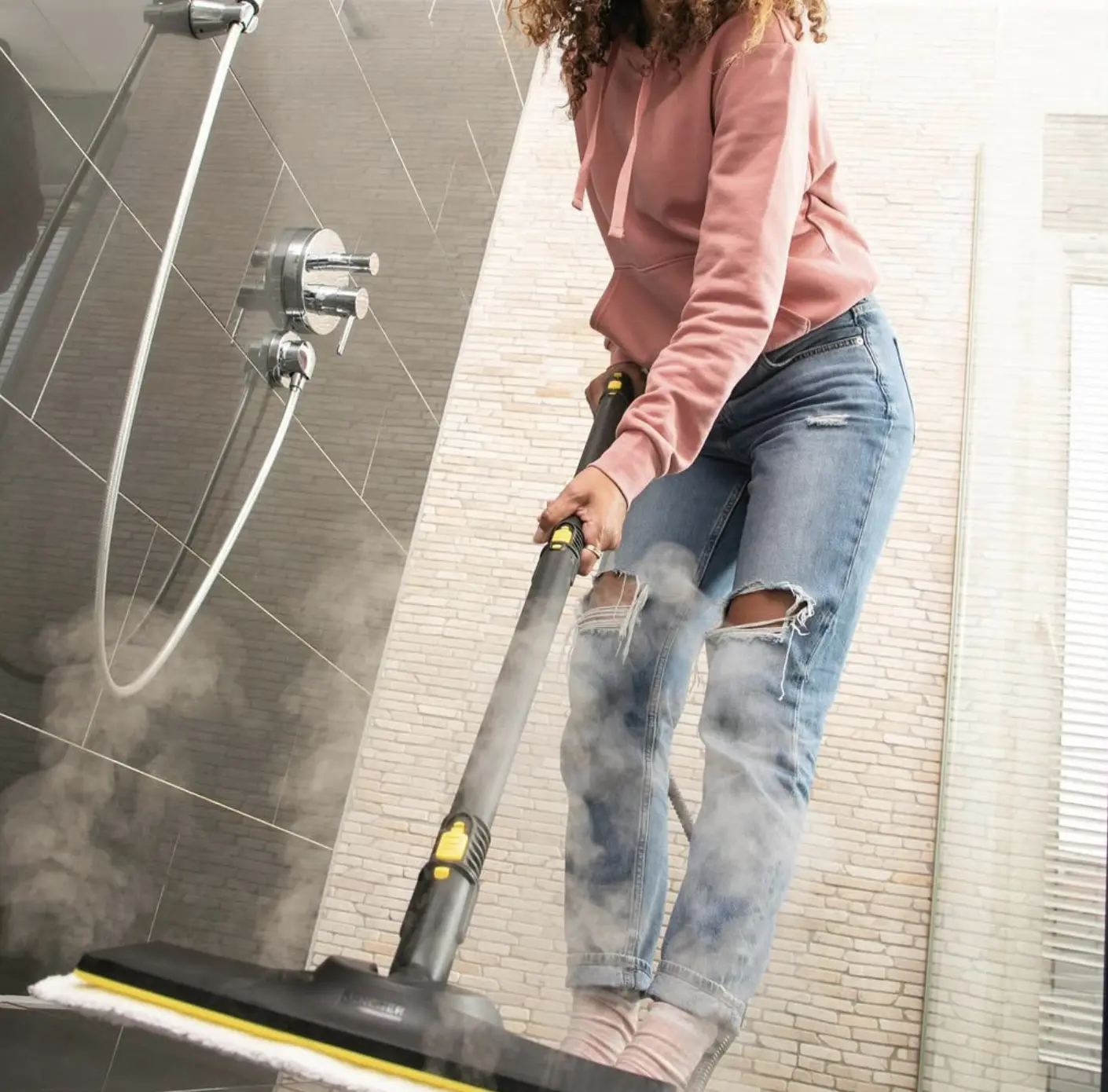
When steam mops fail
Here’s when to leave the steam mop in the cupboard or grab an alternative cleaning method:
- Garage floors with oil or tyre marks. Steam just smears it.
- Outdoor concrete that’s unsealed or broom-finished. You’ll force water deep into the slab.
- Painted or coated concrete. Steam can lift paint, cause permanent marks or turn sealed floors cloudy.
- Old or cracked concrete. The heat can worsen damage.
One time we watched a DIYer try to steam-clean their stencilled driveway with a bulky head mop. The paint peeled faster than a mozzie bite in summer.

Cleaning concrete the proper way
For polished indoor concrete:
- pH-neutral floor cleaner
- Microfibre mop or breathable microfiber cloth
- Occasional buff with a soft brush attachment or white pad
For garage or commercial floors:
- Citrus products or oil-based cleaning solutions
- Scrub brush or automatic floor scrubber
- Wet mopping with clean water and a soft mop head
For outdoor concrete:
- Pressure washer with adjustable steam pressure (lowest setting)
- Surface cleaner attachment
- Cleaning solution that won’t damage concrete finishes
For stained areas:
- Spot-treat with concrete stain remover or cleaning agent
- Avoid harsh cleaners or steel wool that can damage the floor surface
Other gear that helps: bristle attachments, machine washable pads, floor protectors, scent discs if you want the place to smell less like a job site.
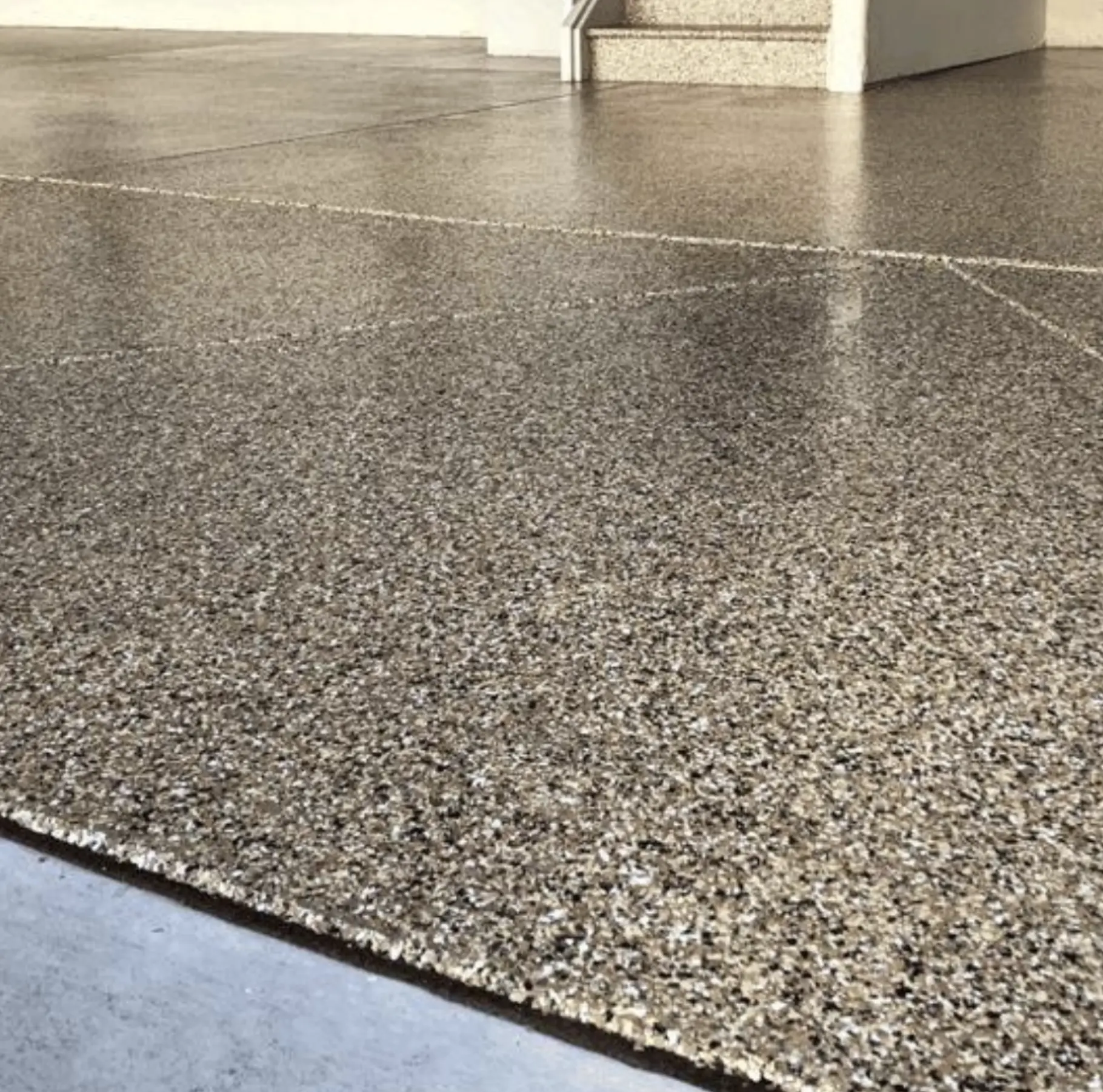
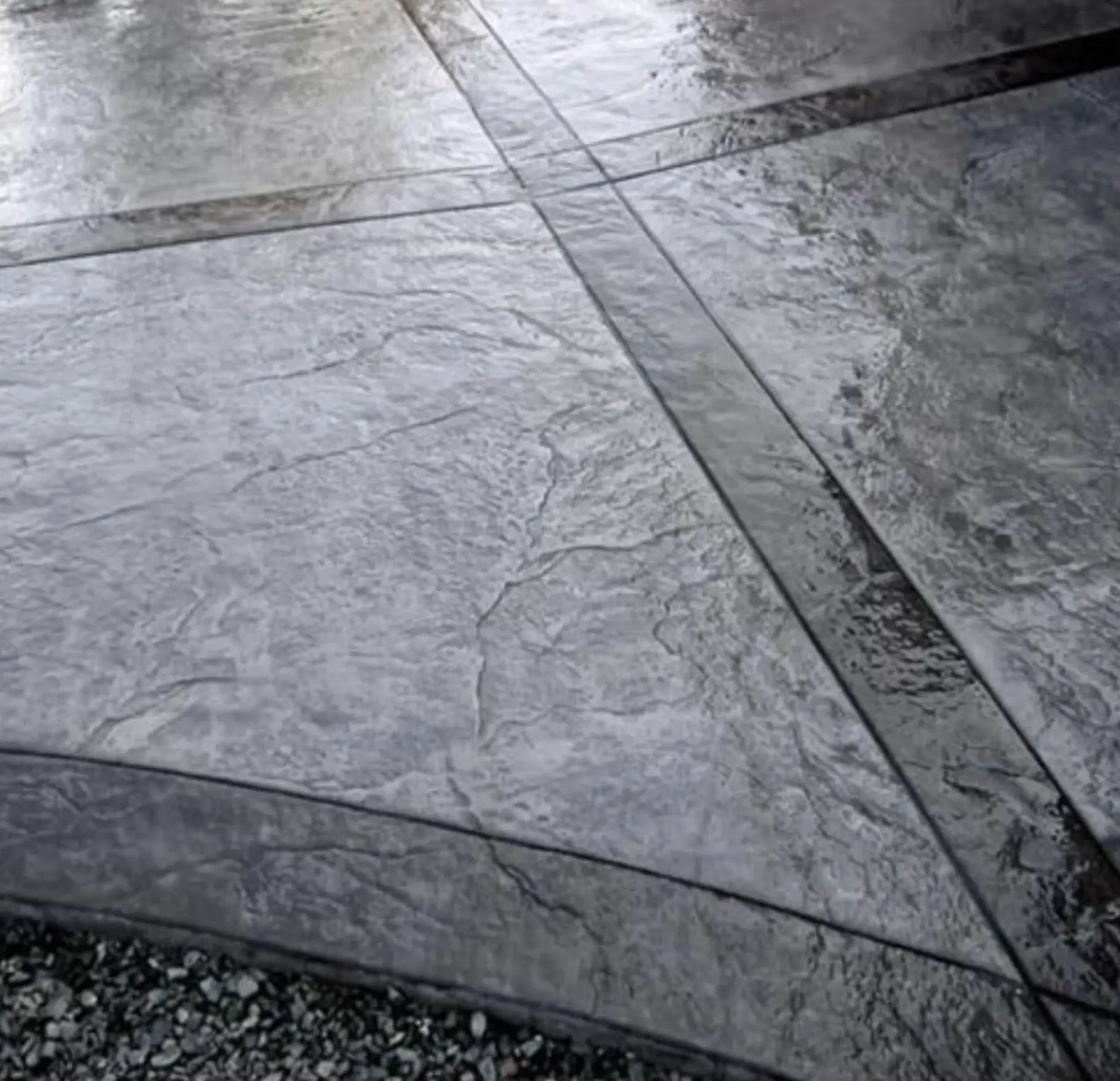
Steam smart, or steam elsewhere
From dusty floors to polished finishes, we’ve tackled just about every cleaning challenge short of graffiti on a water tower. Steam mops might do alright for routine cleaning or everyday cleaning in the right spot — but for concrete, sometimes it’s better to call in the commercial cleaners.
Window Cleaning Melbourne Crew knows firsthand how often concrete gets overlooked in regular cleaning routines.
FAQ
Can steam mops damage sealed concrete floors?
Yes, especially if the sealer can’t handle high-pressure steam or if you use an aggressive cleaning solution. Always check with your flooring manufacturer.
Is it safe to use a steam mop on indoor polished concrete?
Yes, with caution. Stick to the lowest setting, use a microfiber mop, and avoid overloading the water tank.
Can steam mops remove oil stains from concrete?
No. You’ll need a floor tool like a scrubber, floor cleaner and possibly a degreaser — steam won’t cut it.
How do I clean outdoor concrete floors?
Pressure washer, soft brush and cleaning solution. Follow up with a rinse of tap water. Save the steam for delicate surfaces.
Should I seal my concrete if I want to use a steam mop?
Only if it suits the concrete’s use, sealing can help protect from moisture but not all sealants tolerate steam. Don’t seal just for mop convenience.
